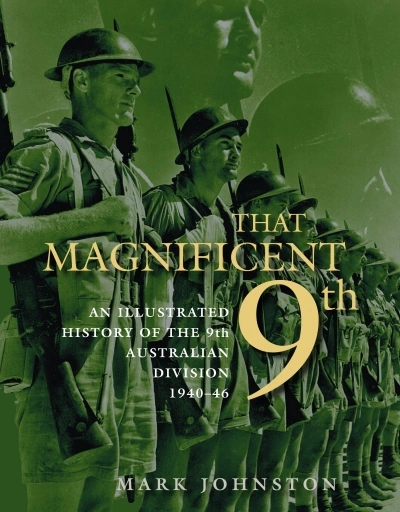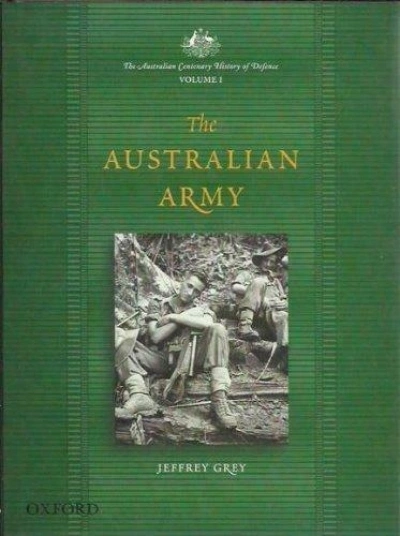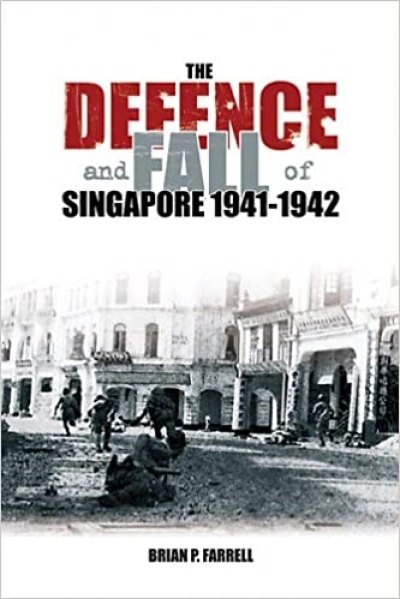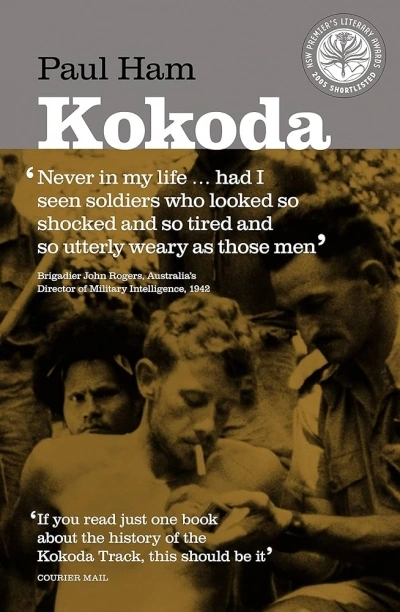John Coates
That Magnificent 9th by Mark Johnston & Alamein by Mark Johnston and Peter Stanley
by John Coates •
The Australian Centenary History of Defence: Vols. I–VII edited by John Coates & Peter Dennis
by Peter Ryan •
The Defence and Fall of Singapore 1940–1942 by Brian P. F & Singapore Burning by Colin Smith
by John Coates •
On Shaggy Ridge by Phillip Bradley & Kokoda by Peter FitzSimons
by John Coates •










